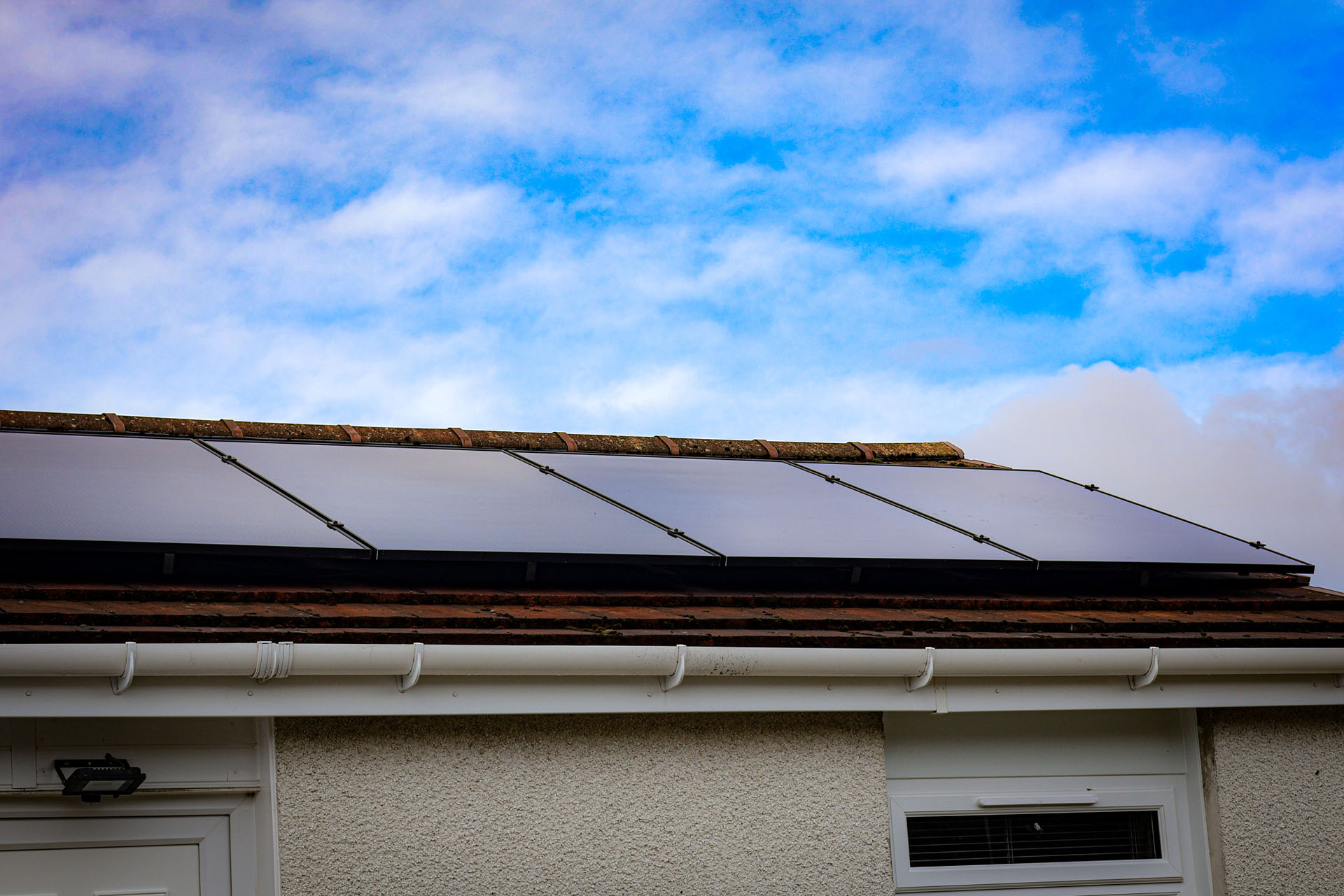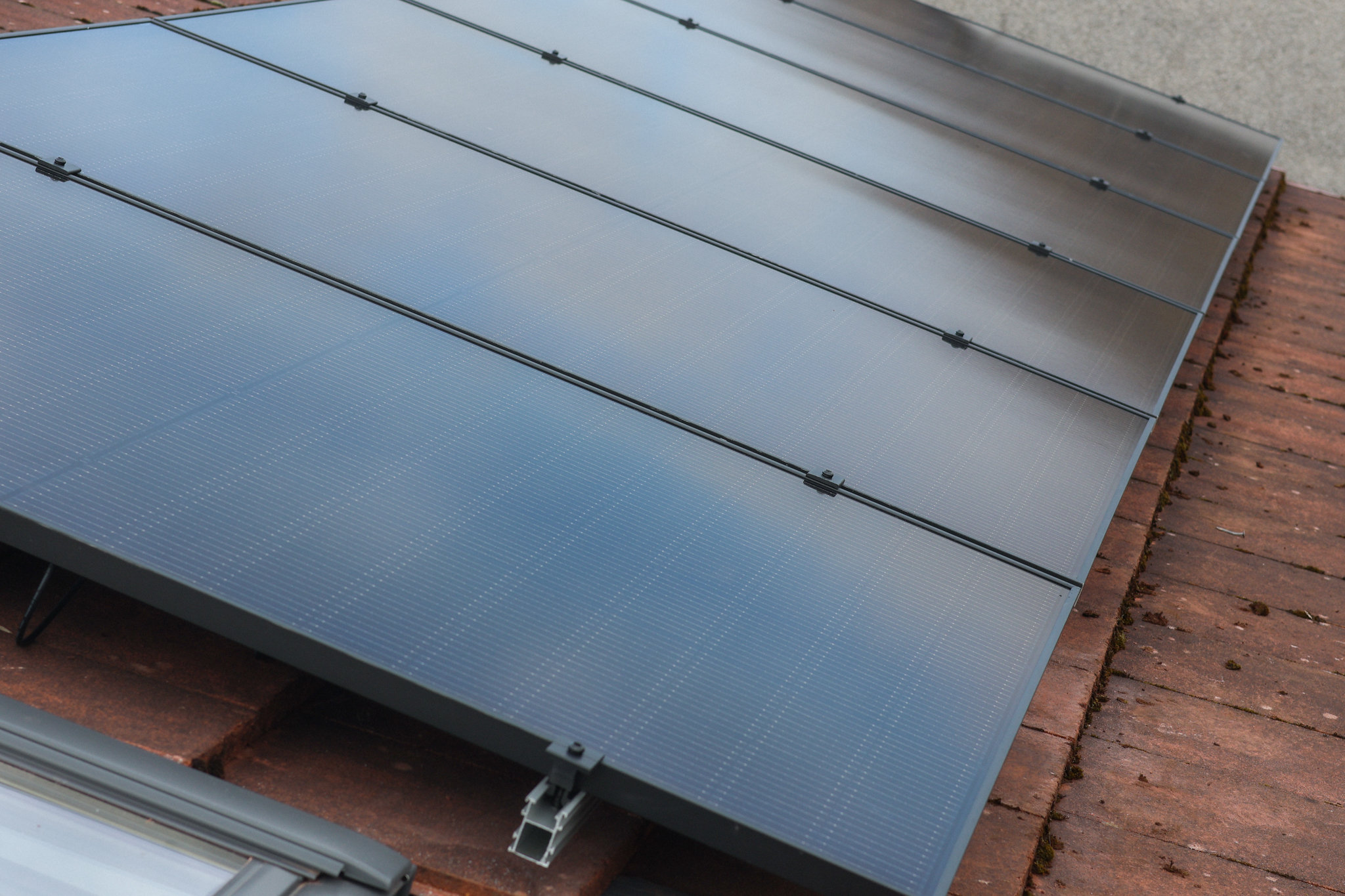Introduction
In today’s world, sustainable building practices are more crucial than ever. With the growing concern over climate change and resource depletion, the construction industry is turning to innovative solutions to reduce its environmental impact. One of the most promising solutions is the integration of solar energy into building design. But how exactly does solar energy contribute to sustainable architecture and help achieve green building certifications? Let’s dive into the transformative role of solar energy in modern, sustainable building practices.
Understanding Solar Energy
What is Solar Energy?
Solar energy is the radiant light and heat from the sun harnessed using a range of technologies such as solar panels and photovoltaic cells It is one of the cleanest and most abundant renewable energy sources available, making it a pivotal element in the pursuit of sustainable living.
Types of Solar Energy Systems
There are primarily two types of solar energy systems:
Passive Solar Systems: These systems utilise the building’s architecture to collect and distribute solar energy without relying on mechanical devices. Examples include south-facing windows that capture sunlight for natural heating.
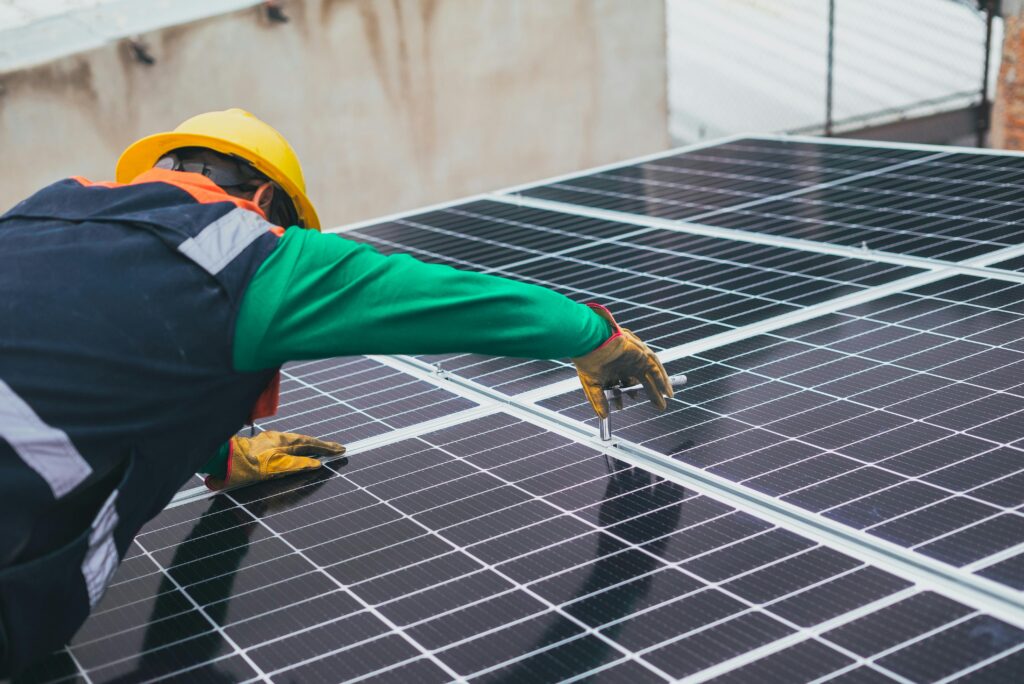
Active Solar Systems: These systems use mechanical and electrical equipment to enhance the absorption and storage of solar energy. This includes solar panels (photovoltaic systems) that convert sunlight directly into electricity.
Benefits of Solar Energy in Sustainable Buildings
Environmental Benefits
One of the most significant advantages of solar energy is its minimal environmental impact. Unlike fossil fuels, solar power doesn’t produce harmful emissions, thus reducing the carbon footprint of buildings. Additionally, solar energy systems help decrease reliance on non-renewable energy sources, promoting a cleaner and greener environment.
Economic Benefits
While the initial investment in solar energy systems can be high, the long-term savings are substantial. Solar panels can drastically reduce or even eliminate electricity bills. Furthermore, many governments offer tax incentives and rebates for installing solar energy systems, making it a financially viable option for a lot of businesses.
Social Benefits
Solar energy also offers numerous social benefits. It promotes energy independence, reduces the strain on the national grid, and can provide electricity in remote areas where traditional power infrastructure is lacking. This contributes to improved quality of life and supports sustainable development goals.
Solar Energy and Green Building Certifications
LEED Certification
The Leadership in Energy and Environmental Design (LEED) certification is a globally recognised symbol of sustainability achievement. Integrating solar energy systems can significantly contribute to earning LEED points, particularly in categories like energy efficiency, renewable energy use, and reduced carbon footprint.
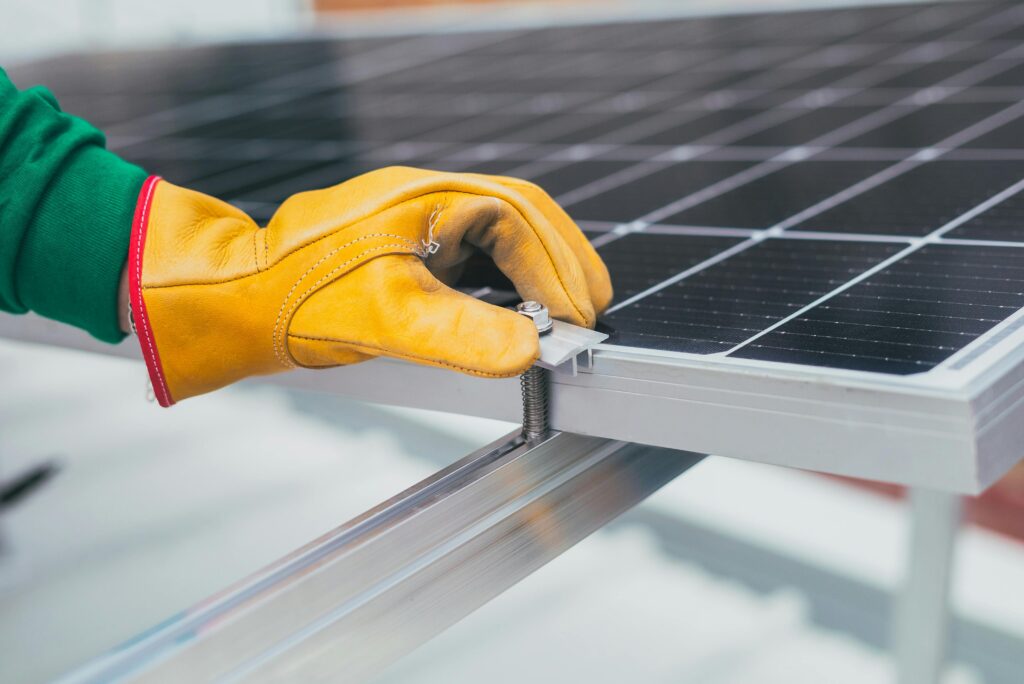
BREEAM Certification
The Building Research Establishment Environmental Assessment Method (BREEAM) is another prominent certification. Solar energy can help meet BREEAM criteria for energy management and low-carbon technologies, enhancing a building’s overall sustainability rating.
Passivhaus Certification
Passivhaus standards emphasise energy efficiency and minimal ecological impact. Incorporating solar energy through passive design techniques and active systems can help achieve these stringent requirements, resulting in buildings that use significantly less energy for heating and cooling.
Implementing Solar Energy in Building Design
Passive Solar Design
Passive solar design involves strategic architectural choices to maximise the use of natural sunlight. This can include building orientation, window placement, and the use of materials that absorb and slowly release solar heat.
Solar Panels and Photovoltaic Systems
Solar panels, or photovoltaic (PV) systems, are the most common form of active solar technology. These panels can be mounted on rooftops or integrated into the building structure to generate electricity, significantly reducing reliance on conventional power sources.
Challenges and Solutions in Solar Energy Integration
Initial Costs
The high initial cost of solar energy systems can be a barrier. However, this can be mitigated through the return on investment within 5 to 10 years.
Technological Challenges
Technological challenges include the efficiency of solar panels and energy storage. Advances in technology are continuously improving these aspects, making solar energy more reliable and efficient.
Regulatory Challenges
Regulatory challenges can vary by region. Navigating building codes and obtaining necessary permits can be difficult, but working with experienced professionals can streamline this process.
The Future of Solar Energy in Sustainable Building Practices
Emerging Trends
Emerging trends include the integration of smart technology with solar systems, allowing for better energy management and optimisation. Additionally, advancements in energy storage are making solar power more viable for continuous use.
Potential for Widespread Adoption
As technology improves and costs decrease, the potential for widespread adoption of solar energy in sustainable building practices grows. Governments and organisations worldwide are recognising the benefits and pushing for greater implementation.
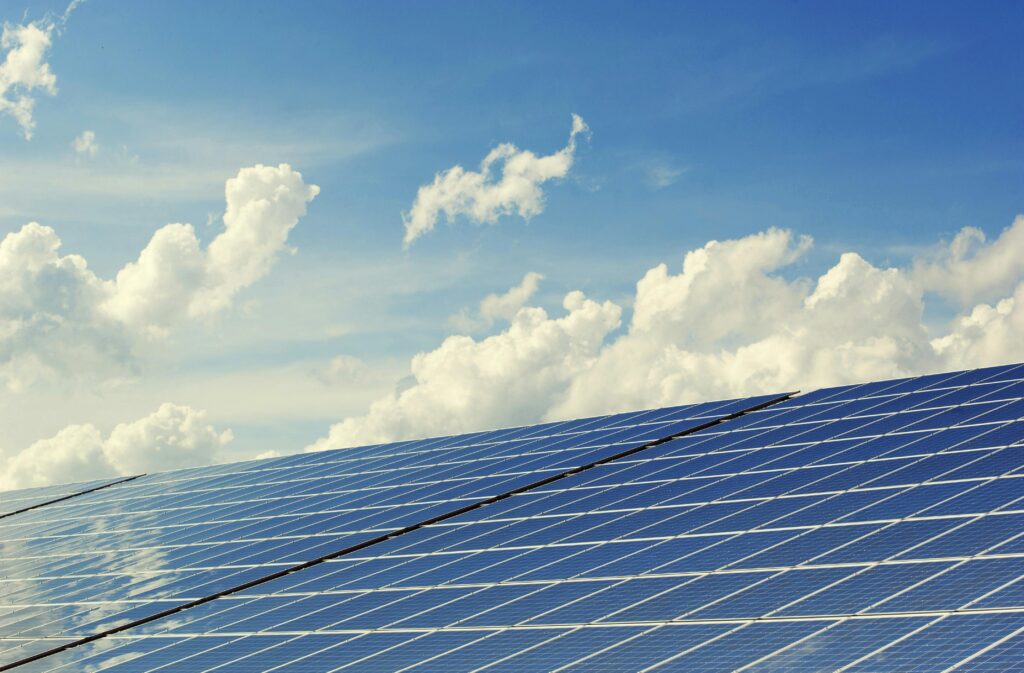
Conclusion
Solar energy is revolutionising the way we approach sustainable building practices. Its environmental, economic, and social benefits make it an essential component of modern architecture. As technology continues to advance, the role of solar energy in creating sustainable, efficient, and eco-friendly buildings will only become more significant. By embracing solar energy, we can build a brighter, greener future.
FAQs
What is the main benefit of using solar energy in buildings?
The main benefit is its ability to provide clean, renewable energy that reduces carbon emissions and energy costs.
Can existing buildings be retrofitted with solar energy systems?
Yes, many existing buildings can be retrofitted with solar panels and other solar energy systems to improve their energy efficiency and reduce reliance on non-renewable energy sources.
What are the cost implications of installing solar energy systems?
While the initial costs can be high, long-term savings on energy bills can offset these expenses, making solar energy systems a financially sound investment.
How long do solar panels typically last?
Solar panels typically have a lifespan of 25-30 years, with many manufacturers offering warranties that guarantee performance over this period. At Source Energy Solutions, we provide a ten-year workmanship warranty on all of our solar services.

